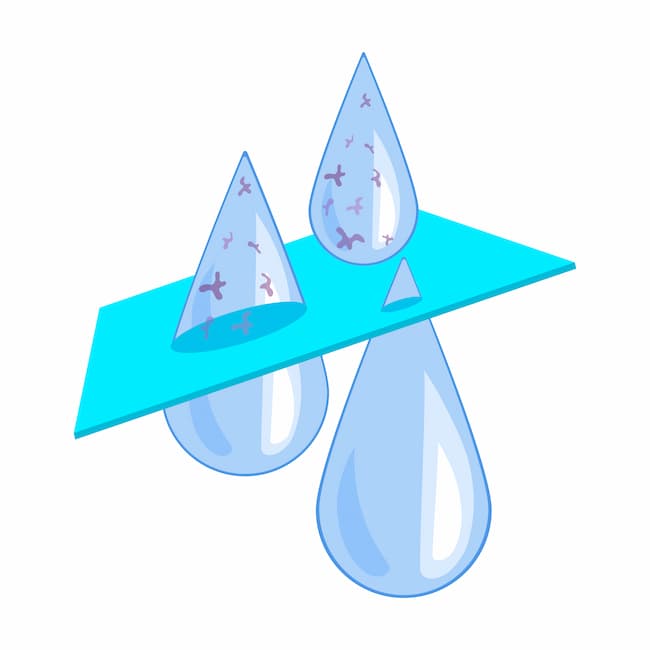Although seawater covers 71% of the earth’s surface, this water is not potable. An immense amount of ocean water can surround you, yet it cannot be consumed or used for cleaning.
All boats, whether 25-foot pleasure boats, million-dollar yachts, or anything else, require fresh water. Knowing how to convert saltwater to freshwater with RO filtration is crucial for anyone who plans to be at sea for an extended period. Is there a machine that turns saltwater into freshwater? Reverse osmosis (RO) systems are designed to do just that, providing an efficient solution for converting seawater into potable water.
So how do these systems operate? How is it possible to turn saltwater into freshwater? As industry leaders continually developing and producing better and better products, we are here to provide you with all the information you require to take the most out of RO systems.
What Is an RO System?
Concerns about how to purify seawater for use in various onboard applications rank high on the list of issues faced by cruisers. For those problems, RO systems are always the best choice.
Reverse osmosis (RO) systems are the most popular filtration systems in the industry, and they work by passing saltwater through a series of membranes.
The membranes have tiny pores that allow water molecules to pass through, not salt or other contaminants. A pressure pump is used to push the water at a high enough pressure to force the water molecules through the membrane while trapping the salt and other contaminants.
The freshwater is collected in a holding tank while the salt and other contaminants are flushed away.

How to Filter Saltwater Into Freshwater?
Rever osmosis (RO) systems are used to filter saltwater into freshwater. The process involves passing saltwater through membranes with tiny pores, allowing only water molecules to pass while trapping salt and contaminants. The clean water is collected in a storage tank while the impurities are flushed away. RO systems provide an efficient, cost-effective solution for freshwater production.
Turning Saltwater Into Freshwater: How Does It Work?
The process behind RO systems may appear to be a simple task, but the truth is that they are quite complex. As much as we’d like to, we can’t simply take the salt out of the water, just like you couldn’t dissolve sugar from your morning coffee.
The following is a step-by-step process for reverse osmosis.
- Intake: The first step is the intake, where saltwater is taken from the source via a pump.
- Filtration: Next, the water is filtered through a sediment filter that removes larger particles such as dirt, rust, and other debris.
- Pre-treatment: The water then passes through a carbon filter to remove chemicals, odours, and tastes from the water.
- Reverse Osmosis: The water is then sent to the reverse osmosis membrane, which is pressurized to force the water molecules through the membrane, leaving contaminants such as salt and other minerals behind.
- Post-treatment: The clean water is then sent to a post-treatment filter for polishing before being collected in the holding tank.
- Storage Tank: The purified water is now stored in a sealed tank.
The Benefits of Using a Reverse Osmosis System
1. Provides Better Use of Resources
There are numerous benefits to using a reverse osmosis system, the most obvious being that it can turn saltwater into freshwater. This makes it an ideal choice for boats, as they can remain at sea for extended periods without worrying about running out of fresh water.
2. It Is a Cost-Effective Solution
RO systems are highly efficient and cost-effective. Many components are designed to last for years and require minimal maintenance.
3. It Guarantees a High-Quality Result
The RO system also removes many contaminants, including lead, nitrates, chlorine, and other chemicals. This means you can filter salt water to make it drinkable, reducing the risk of gastrointestinal illnesses.

Order a Water Maker Online
Now is the moment to take advantage of this procedure, and at Cruise RO Water and Power, we are always ready to assist you.
Our main goal is to design and market simple equipment to install, operate, maintain, and repair. For a water maker purchase, our products are just what you need. Our water purifiers produce the largest yield of high-quality freshwater per dollar.
If you have any additional questions, please do not hesitate to contact us.




